The University of Hertfordshire is unique amongst its competitors as the proud owner of a field centre located in rural Hertfordshire, called Bayfordbury Campus. Bayfordbury Campus covers over 40 ha of the Hertfordshire countryside and is rich in wildlife and steeped in history. With a diverse mixture of habitats, including amenity grassland, semi-natural woodlands (secondary and ancient), grasslands, ponds, a Lake, a Pinetum, scrubland and hedgerows, it provides a fantastic facility for students to gain the practical skills so sought after in all geographical and environmental disciplines including geography, ecology, landscape history, and geology. In addition to the habitats for field based study, the centre is home to a science block equipped with teaching laboratories, lecture theatres and project labs as well as, controlled environment chambers, glasshouses and an experimental plot. These facilities provide the ideal environment for teaching and research in the geographical and environmental sciences, linking the outdoor field studies with the indoor processing of samples and data collected in the field.
Bayfordbury Campus is a haven for wildlife with over eight species of bats recorded to date. Long term monitoring of the wildlife allows the Campus to essentially function as an ecological laboratory for local naturalists, researchers and students. As Dr Chantal Helm, Bayfordbury Academic co-ordinator, explains: “Bayfordbury is one of the most biologically diverse areas in Hertfordshire and our staff and students are privileged to have access to the resources provided by this unique asset. We are able to set up experiments in the field and survey and monitor plants, badgers, bats, great crested newts, invertebrates, birds, to name just a few, all of which thrive at Bayfordbury. This helps us understand their ecology, as well as the management actions necessary to ensure their long term survival and provides fertile ground for new discoveries and the development of an appreciation for our natural history amongst our staff, students and the local community. A number of wildlife projects are ongoing at Bayfordbury and in highlighting just a few below, I hope to demonstrate the extraordinary value of Bayfordbury Campus as an ecological laboratory, teaching centre and research station for all our staff and students”.
Bayfordbury became a translocation site for slow worms from the Croxley Rail development. The success of this translocation is being monitored by students each year to determine whether reptile translocation is a viable mitigation option for developers. Wildlife cameras are deployed around the site to monitor badgers at their sett and to understand the factors affecting badger emergence and other behaviours. The effects of different mowing regimes on wildflower diversity is being studied in the grassland plots and students are trying to understand small mammal population dynamics in these plots too. A recent partnership between the University of Hertfordshire and the Herts and Middlesex Wildlife Trust, Hertfordshire Natural History Society, Hertfordshire Environmental records centre, the Hertfordshire amphibian and reptile group and the Herts and Middlesex Bat Group, has resulted in large scale surveys of all mammals, amphibians and reptiles across the county to produce an Atlas. All training and data analysis for this project takes place at Bayfordbury. Another recent partnership between the University of Hertfordshire and the Beekeepers Association has resulted in the development of an apiary at Bayfordbury which allows for a place for local beekeepers to keep their hives as well as opens up opportunities to conduct research in bee ecology and training in beekeeping and bee microscopy.



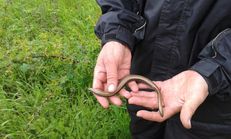
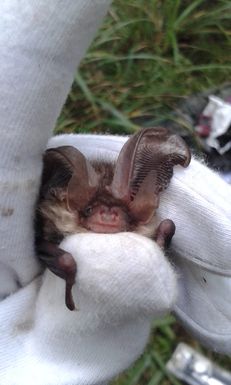
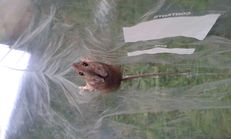
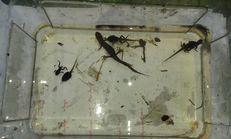
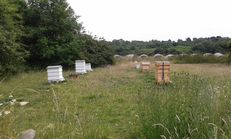

 Except where otherwise stated, content on this site is
licensed under a Creative Commons Attribution 3.0 License.
Except where otherwise stated, content on this site is
licensed under a Creative Commons Attribution 3.0 License.
